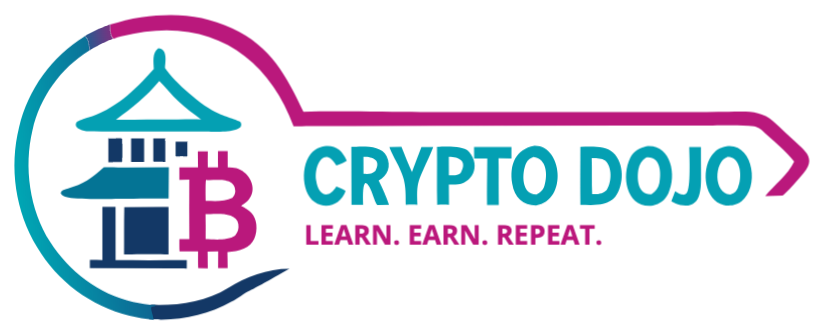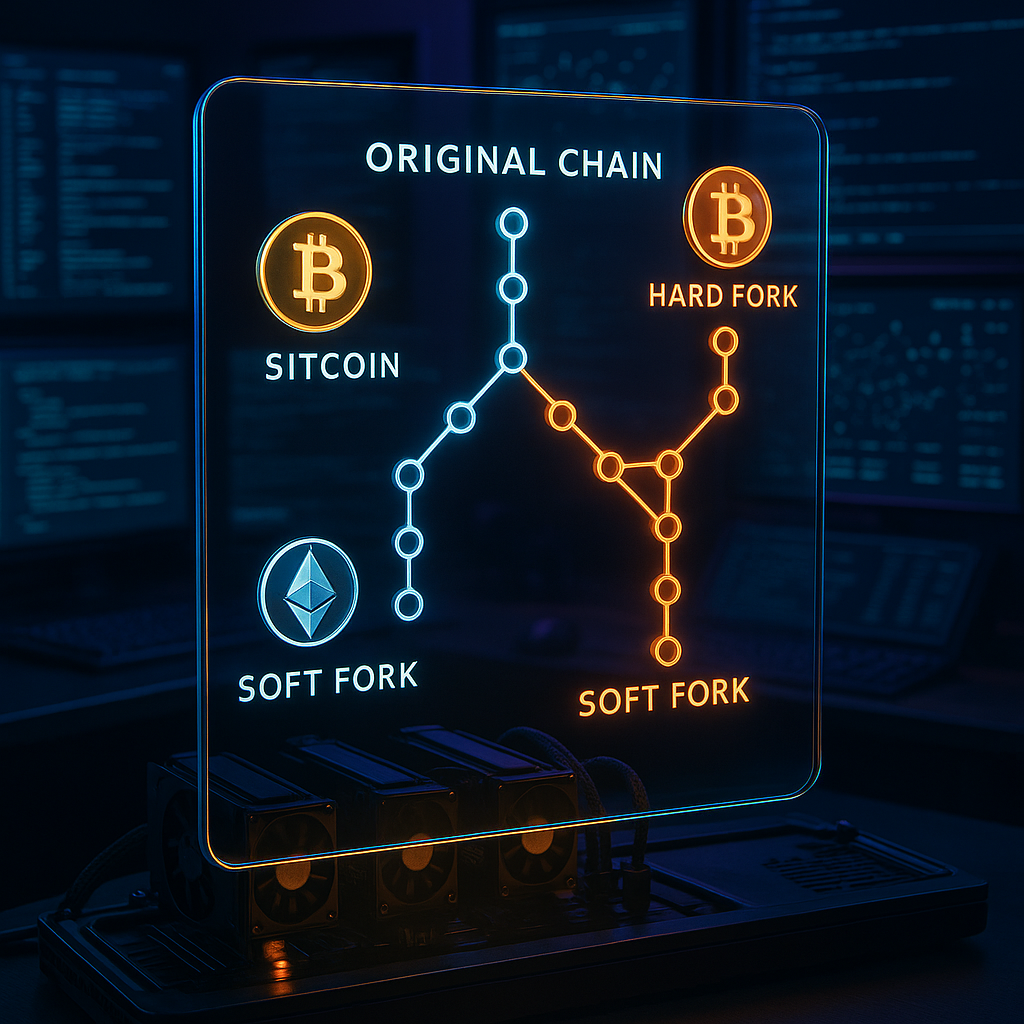Key Takeaways
- Understanding how Security Token Offerings (STOs) work unlocks a new realm of investment opportunities within the crypto space. This comprehensive STO guide simplifies complex concepts, enabling newcomers to confidently explore this innovative funding avenue.
- STOs uniquely bridge traditional finance and blockchain innovation. Security token offerings merge the legal protections found in traditional securities with blockchain’s speed and transparency, creating expanded investment possibilities for individuals and businesses alike.
- Compliance is foundational to STOs. Unlike unregulated ICOs, STOs adhere to strict legal standards, offering increased security for investors and significantly reducing the potential for scams or legal complications.
- STOs digitize real-world assets. Security tokens may represent fractional ownership of tangible investments, such as real estate, stocks, or commodities. This process streamlines ownership division and makes a diverse array of assets more accessible.
- Investor access and liquidity are transformed. STOs invite a broader global investor base and facilitate easier peer-to-peer trading, which increases market liquidity when compared to traditional asset markets.
- Smart contracts power transparency and trust. Blockchain-based smart contracts automate compliance and reporting, ensuring each transaction is fully verifiable and transparent for all participants.
- Getting started is straightforward. Modern STO platforms provide user-friendly onboarding, intuitive interfaces, and educational resources, making it accessible to anyone curious about this new opportunity.
This overview prepares you to explore how security token offerings work, the benefits and risks they bring, and what you need to know before venturing into this dynamic and regulated section of the digital finance world.
Introduction
Security Token Offerings (STOs) are quietly reshaping how individuals and organizations engage with real-world investments, blending the time-tested robustness of traditional finance with the transformative power of blockchain. For beginners, understanding STOs is more than untangling crypto jargon; it’s a key to accessing regulated, diversified investment opportunities that were once accessible to only a select few.
This guide to STOs strips away complexity, revealing how these offerings empower investors with legally protected tokens, open access to diverse assets, and drive unsurpassed transparency through technology. By demystifying these fundamentals, you can confidently traverse the gateway connecting digital innovation with the proven frameworks of conventional finance.
Understanding Security Token Offerings (STOs)
What is a Security Token Offering?
A Security Token Offering (STO) is a regulated method for issuing digital tokens that represent financial securities, such as stocks, bonds, or ownership in tangible assets. Unlike the early Initial Coin Offerings (ICOs), STOs are always backed by real assets, formalized legal instruments, or documented company shares. These security tokens function like their traditional counterparts, yet leverage blockchain to provide added transparency, efficiency, and accessibility for all parties.
Stay Sharp. Stay Ahead.
Join our Telegram Group for exclusive content, real insights,
engage with us and other members and get access to
insider updates, early news and top insights.
 Join the Group
Join the Group
Imagine a STO as a digital twist on the familiar stock offering. Each token gives verified ownership in an asset as varied as commercial real estate, company equity, or even a share of an art collection. For example, a commercial property valued at $10 million can be split into 10,000 security tokens at $1,000 each, offering investors the chance to participate in property ownership with a lower entry point.
Security tokens are used in diverse sectors. In healthcare, they can tokenize pharmaceutical intellectual property; in real estate, they lower barriers to global investment in development projects; and in environmental science, they enable the funding and trading of carbon credits.
Key Differences Between STOs, ICOs, and IPOs
STOs stand apart by blending the regulatory rigor of traditional capital markets with the innovation of digital assets.
- Regulatory Compliance: STOs are subject to securities law from inception, offering protection and transparency reminiscent of traditional investments, unlike ICOs, which often bypass regulation.
- Asset Backing: Each security token is anchored to a real-world asset, such as property, equity, or debt, rather than functioning as utility tokens.
- Investor Rights: Holders of security tokens may enjoy rights like voting, dividends, or profit sharing, making their participation meaningful and comparable to standard shareholders.
- Market Access: IPOs typically require significant capital and institutional involvement, but STOs permit fractional participation, reducing minimum investment requirements and widening access for retail investors.
This fusion of compliance, transparent ownership, and broad access marks STOs as a unique progression in the evolution of investment vehicles.
Technical Foundation of STOs
Smart Contracts and Token Standards
Security tokens are built on established blockchain infrastructures, primarily Ethereum, utilizing standardized protocols like ERC-1400 or ST-20. These token standards embed compliance features directly into the token’s code, automating regulatory requirements such as:
- Transfer restrictions to qualified or verified investors
- Automated calculation and payout of dividends or interest
- Implementation of voting mechanisms for governance
- Real-time monitoring to ensure ongoing compliance with regulations
By embedding rules into smart contracts, issuers reduce manual oversight, streamline administrative tasks, and instantly verify each action for all participants.
Asset Tokenization Process
The tokenization of real-world assets through STOs consists of several technical and legal steps.
- Asset Verification: Validate legal ownership and perform necessary documentation for the asset being tokenized, such as real estate deeds, stock certificates, or patent rights.
- Smart Contract Development: Write code for blockchain-based contracts that enforce compliance, rights, and distribution rules.
- Token Issuance: Mint and allocate the security tokens to investors, ensuring alignment with KYC and AML protocols.
- Trading Infrastructure: Integrate with regulated exchanges, custodial services, and surveillance tools to facilitate compliant, secure transfers between participants.
These steps ensure investors interact seamlessly with secure, documented, and compliant digital representations of tangible assets.
Regulatory Framework and Compliance
Global Regulatory Landscape
As STOs span across global markets, regulatory approaches can differ substantially.
United States:
- The Securities and Exchange Commission (SEC) oversees STOs under established securities law, requiring compliance with offerings such as Regulation D (private placements), Regulation A+ (public crowdfunding), or Regulation S (offshore transactions).
- KYC (Know Your Customer) and AML (Anti-Money Laundering) procedures are mandatory, ensuring participant eligibility and combatting illicit activities.
European Union:
- Markets in Crypto-Assets (MiCA) regulation establishes a cohesive framework for digital asset issuers, though individual nations may add extra requirements for licensure and investor protection.
- A strong emphasis is placed on transparency, systemic stability, and harmonizing regulations to increase cross-border investment flows.
Switzerland:
- FINMA (Swiss Financial Market Supervisory Authority) provides explicit guidance for token classes, fostering a clear and progressive environment for digital asset offerings.
- Swiss regulations enable the issuance and trading of tokenized securities in a jurisdiction recognized for its stability and clarity.
STOs are also gaining ground in other regions. In Asia, Singapore provides supportive regulatory frameworks for digital securities, while jurisdictions like Dubai and Australia have rapidly evolving, innovation-friendly approaches to tokenization.
Compliance Requirements
Launching a compliant STO demands attention to a range of obligations.
- Investor Accreditation: Verify investor status and eligibility based on jurisdictional requirements, such as income levels, residency, or professional credentials.
- Documentation: Draft comprehensive offering documents detailing the nature, risks, and legal structure of the investment.
- Reporting: Maintain accurate, ongoing disclosures to meet legal expectations and reinforce investor trust.
- Trading Restrictions: Embed transfer or resale limitations inside smart contracts to ensure only eligible participants can own or trade the security tokens, safeguarding ongoing regulatory alignment.
Organizations may also need to register with regulatory authorities, utilize approved custodians, and participate in regular audits, depending on the asset and market.
Benefits and Risks of STOs
Advantages of Security Token Offerings
For Issuers:
Stay Sharp. Stay Ahead.
Join our Telegram Group for exclusive content, real insights,
engage with us and other members and get access to
insider updates, early news and top insights.
 Join the Group
Join the Group
- Lower issuance and operational costs compared to traditional methods, as digital processes reduce administrative overhead and reliance on intermediaries.
- Access to a global investor pool across geographies, attracting both institutional and retail participants through online distribution.
- Automation of compliance, voting, and reporting via smart contracts, decreasing the margin for error and operational risk.
- Increased potential for liquidity, as fractionalized tokens can be traded more easily on secondary platforms.
For Investors:
- Participation in previously exclusive investments, from prime real estate to intellectual property royalties, increasing portfolio diversity.
- Fractional ownership enables smaller stakes in high-value assets, democratizing access for individuals regardless of their investment size.
- Blockchain transparency provides a tamper-evident record of ownership, voting, dividends, and transfers.
- Enhanced liquidity compared to traditional securities markets, supporting rapid sales or portfolio adjustments.
Other sectors also benefit. In education, STOs can fund academic research or campus facilities, offering alumni and community members a direct stake. In environmental science, tokenized carbon credits or renewable energy projects lower entry thresholds for impactful, sustainable investing.
Risk Considerations
Market Risks:
- Liquidity in secondary markets may be limited, especially for newer tokens or unique asset classes.
- Token values can be volatile, influenced by asset fundamentals, regulatory shifts, or investor sentiment.
- Infrastructure and ecosystem maturity are still developing, with some platforms lacking robust security or sufficient trading volumes.
Technical Risks:
- Smart contract vulnerabilities may expose investors to coding errors or exploits, risking misappropriation of funds or unauthorized actions.
- Secure custody and private key management are essential; loss or compromise may result in irretrievable tokens.
- Some projects carry a high dependency on specific platforms or intermediaries, raising risks if those entities face technical, legal, or financial challenges.
Additionally, evolving regulations may force existing or future token offerings to adjust, with significant implications for both issuers and investors.
Implementation and Participation
Steps for STO Investment
- Due Diligence
- Investigate the underlying asset’s value, market, and ownership.
- Confirm that the offering complies with applicable regulations, including proper registration and legal opinions.
- Review the technology stack, such as blockchain platform choice, smart contract standards, and cybersecurity protocols.
- Investor Requirements
- Meet jurisdictional rules for accredited or qualified investors, providing necessary proof as required.
- Complete KYC and AML checks, often conducted digitally by the issuing platform.
- Understand and agree to the terms of investment, such as lock-up periods, dividend rights, and governance conditions.
- Technical Setup
- Set up a secure, compatible digital wallet (hardware or software) that supports the token standard being used.
- Familiarize yourself with custody solutions, including self-custody and institutional-grade options.
- Learn best practices for private key storage, two-factor authentication, and account recovery.
These steps equip investors to securely and confidently participate in STOs across industries.
Market Infrastructure and Trading
A robust STO ecosystem relies on comprehensive infrastructure.
- Regulated Trading Platforms: Exchanges specifically licensed to handle security tokens, such as tZERO or the London Stock Exchange’s digital marketplace.
- Custody Solutions: Institutional-grade providers offering insurance, multi-signature authorization, and secure storage for digital securities.
- Settlement Systems: Automated systems that clear and record trades rapidly, minimizing counterparty risk and increasing transaction efficiency.
- Compliance Tools: Integrated software that monitors trading, flags suspicious activity, and ensures ongoing regulatory adherence.
Other industries have adapted STO infrastructure to their needs. In finance, tokenized bonds or hedge funds take advantage of streamlined issuance and 24/7 trading. In real estate, online marketplaces let buyers and sellers trade tokenized property shares quickly and securely.
These elements collectively support a more transparent, frictionless, and compliant environment, marrying traditional financial safeguards with blockchain’s strengths.
Conclusion
Security Token Offerings (STOs) are redefining digital investing by fusing the reliability, compliance, and investor protections associated with traditional finance together with the efficiency and accessibility of blockchain technology. This convergence enables fractional ownership of real-world assets, automates regulatory processes, and dramatically enhances both investor access and market transparency.
As the regulatory environment matures across key global markets and blockchain technology evolves, STOs offer a future-proof, responsible gateway for newcomers eager to participate securely in the digital asset economy. Whether you are interested in diversifying your investment portfolio, supporting innovative business models, or helping fund sustainable environmental projects, grasping the essentials of STOs empowers informed, strategic decision-making.
Looking forward, those who embrace this new intersection of regulated finance and digital innovation will be positioned to thrive in an increasingly inclusive and dynamic financial world. The evolution of security tokens signals a coming era where financial opportunities are not only more open and secure, but also built on clarity and trust. This idea is truly fundamental to The Crypto Dojo’s mission: Learn. Earn. Repeat.





Leave a Reply